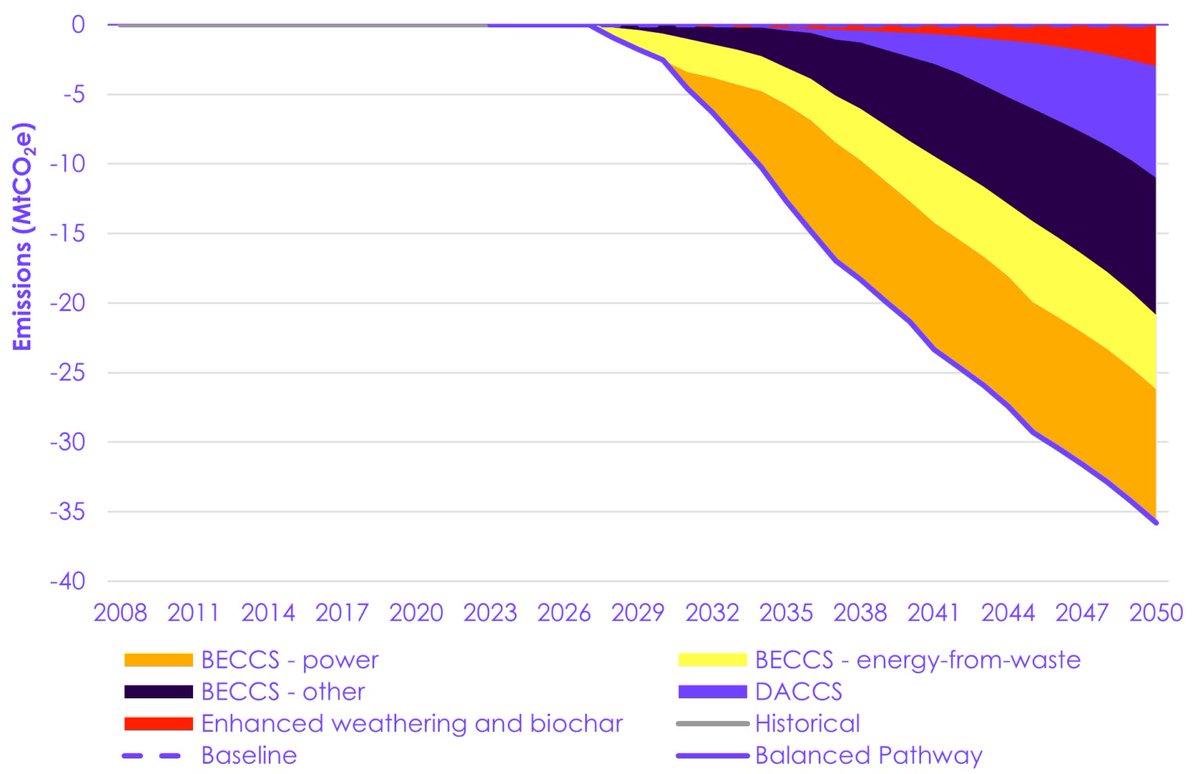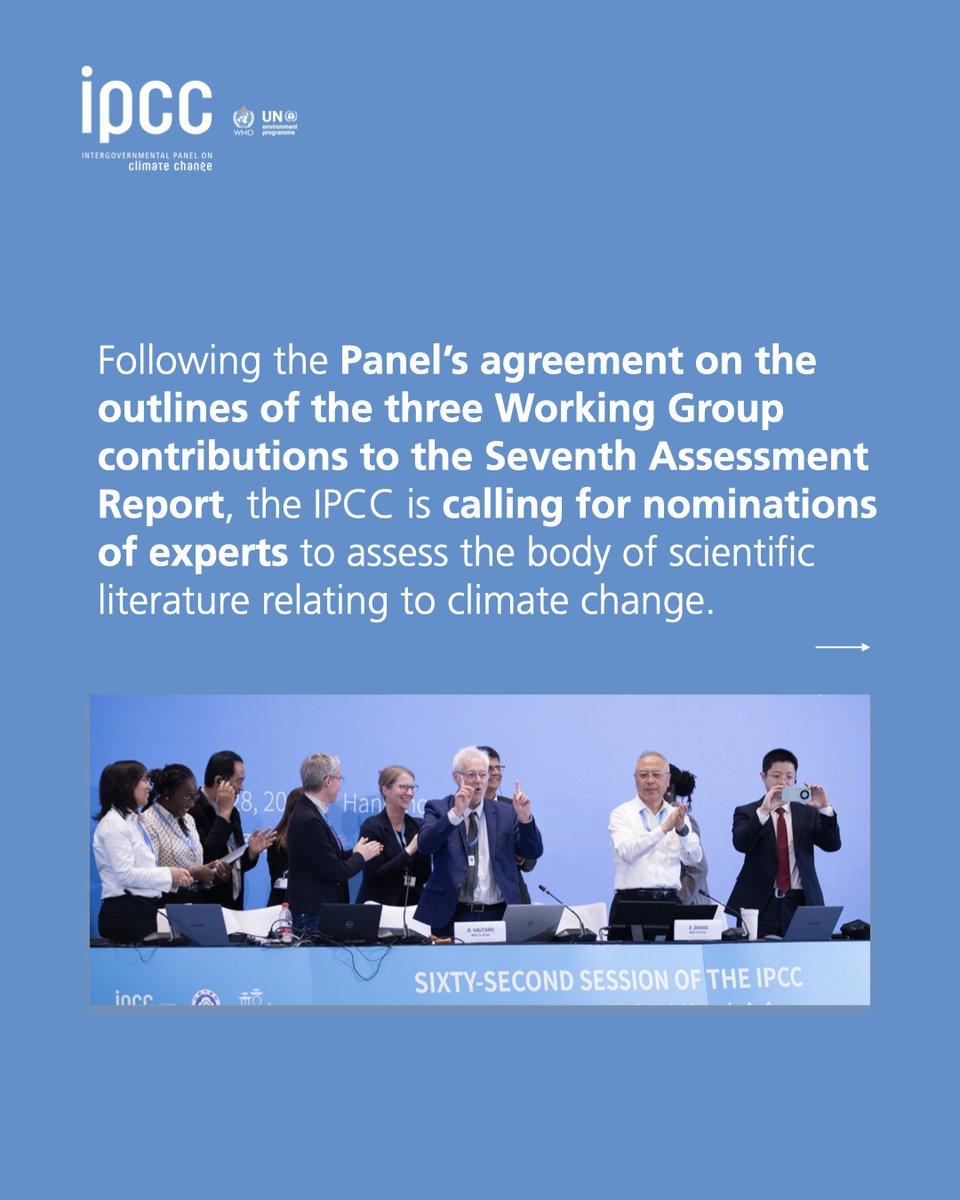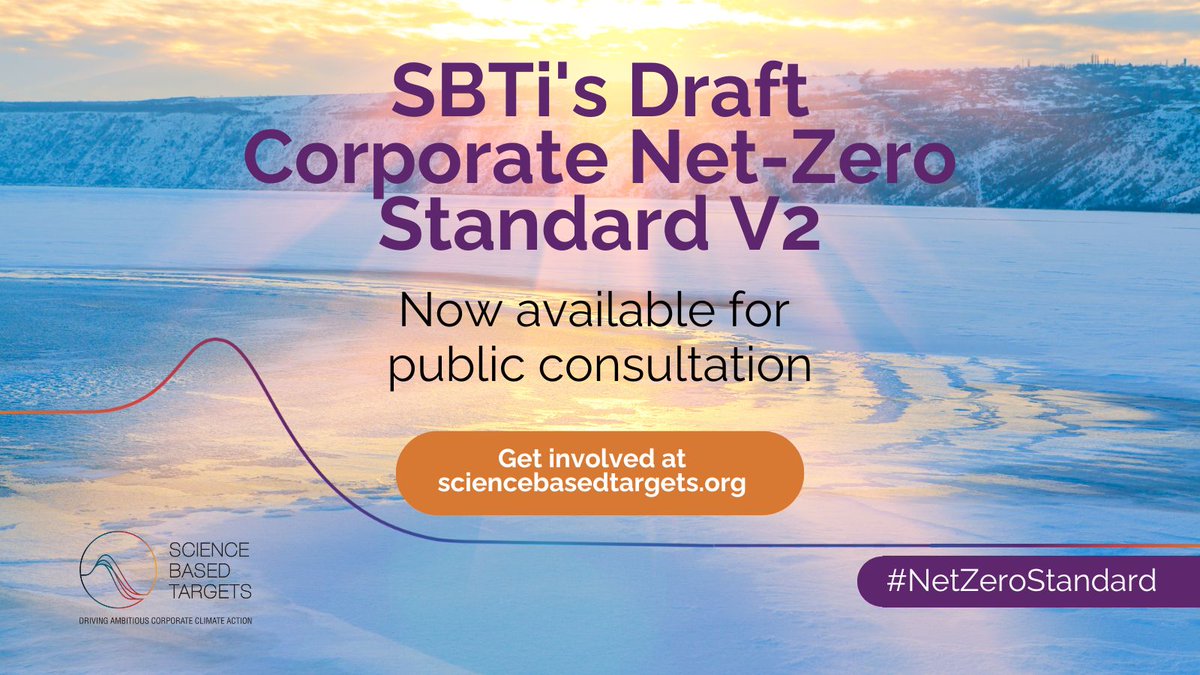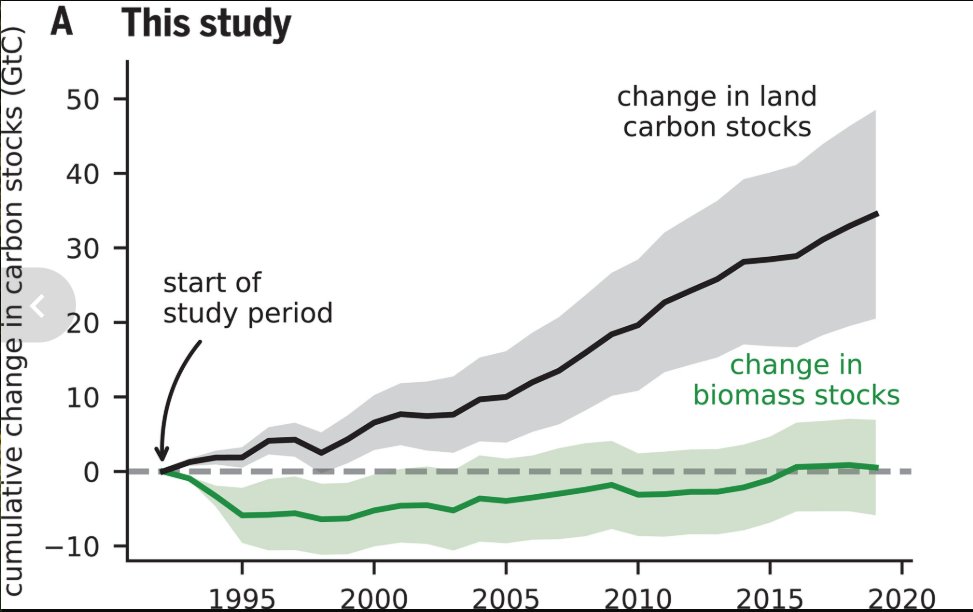
Harry Smith
@harry_b_smith
Researcher on carbon dioxide removal (#CDR), net zero, and climate policy.
PhD @tyndallcentre & @ueaenv,
Funded by @leverhulmetrust.
Consultant & ultra runner
ID: 1296723262362329088
https://bio.site/harrysmithclimate 21-08-2020 08:18:18
4,4K Tweet
1,1K Followers
501 Following

Fascinating chart from International Energy Agency this... see how control / power over energy supply chains could evolve as we shift from oil + gas. UK among those who could miss out unless govt steps up efforts to attract investment...
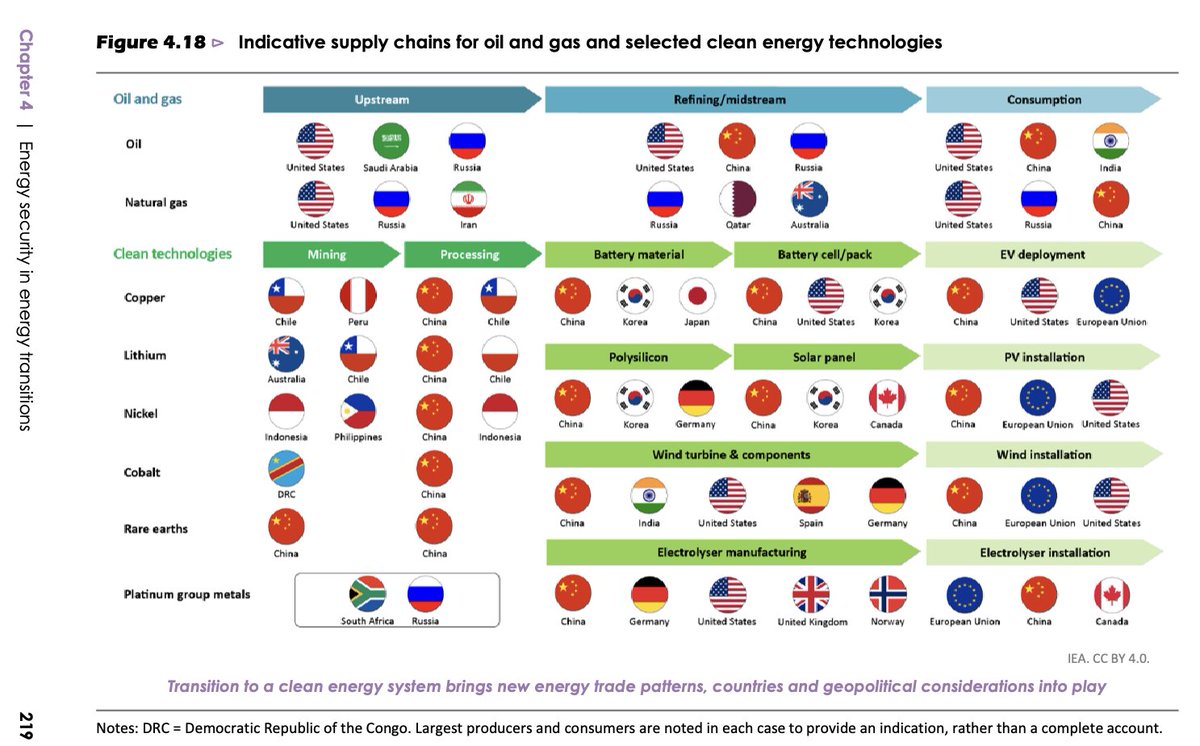




I somehow missed this from The Economist last week. This might end up being the biggest socioeconomic stories of our time: the rise of the rentiers. In the UK, inheritance is twice as important as a determinant of your wealth than it was for our parent's generation.









🚨Together with Clean Air Task Force & Carbon Balance Initiative, we’re launching a project to hold accountable #EU oil & gas producers to develop CO₂ injection capacity under Article 23 of the Net Zero Industry Act! #NZIA 🔗Read more here: eu.bellona.org/2025/03/20/pre…




This was a hard piece to write. China offers a hint of climate hope to many. But press conference rhetoric aside, a China coasting on its energy status quo remains, both quantitatively and in political economy terms, global decarbonization's big obstacle. foreignpolicy.com/2025/03/20/chi…


